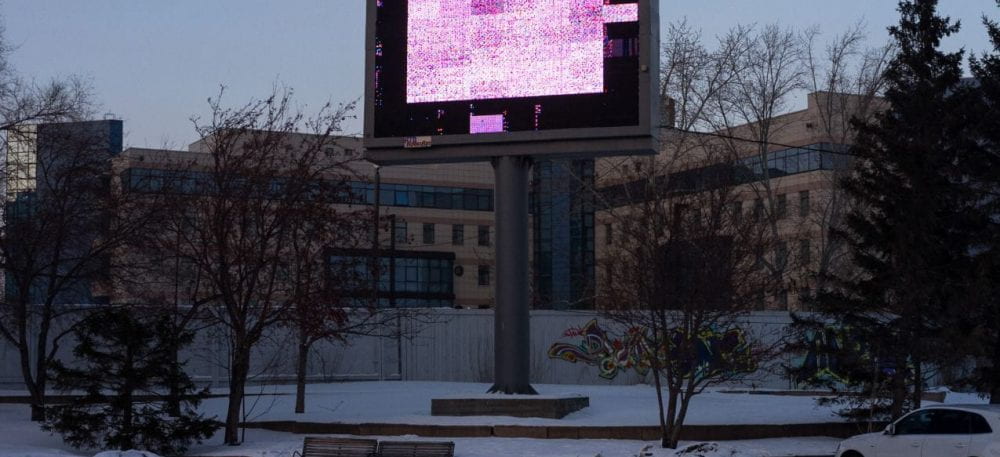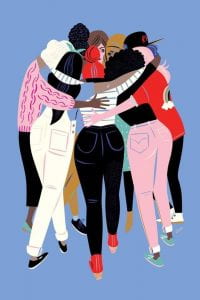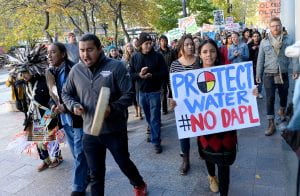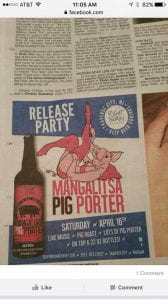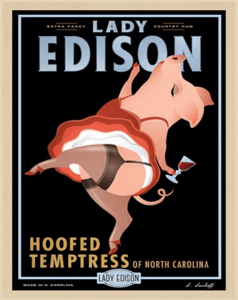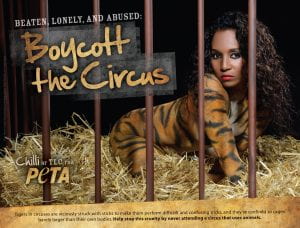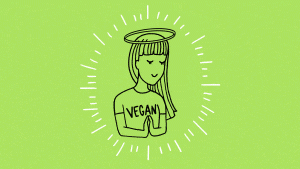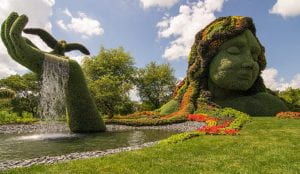Hey, back for one final post! Overall, I feel that my Praxis results went pretty good! I’m typing this all out after I just gave Yummy a haircut and he looks as good as ever. One thing I’ve unfortunately learned is that when we go on walks he usually picks up a few ticks on the walk back home. So I decided a proper haircut was in order to make it easier to check him after when finish our journey for the day. Aside from that, just pulling out my headphones and listening to the sounds of nature everyday was certainly a nice change of pace. My parents have actually encouraged me by deciding to do a lot of work in the backyard this week. Years ago we used to garden on the edge of our property towards the woods, and they’ve done a lot of busywork here and there to keep themselves busy and sane during this pandemic. I’ve joined them too, and our backyard actually looks nice now! On the vegan side of things, it was interesting to say the least! I’ve learned about a lot of traditional Filipino foods from my step mother, and I think without her help my meals this week would have over been very bland. I also found out how much I missed the taste of rice with boiled carrots and mashed potatoes, so that was nice to revisit something I’d eat all the time when I was younger.
Perhaps the vegan side of things would have been more successful if I had set up a basic menu of things I planned to eat everyday. I saw that others going vegan for their Praxis Project had planned their entire week in advance, and I think the next time I plan to do something like this I’ll do the same. It certainly has given me a kind of relief to think about all of the animals I’ve “saved” this week just by avoiding eating my usual french toast or cereal every morning. I’m very satisfied with the amount of time I’ve spent outside. I initially had not expected my family to spend so much time alongside me so that definitely helped me out.
